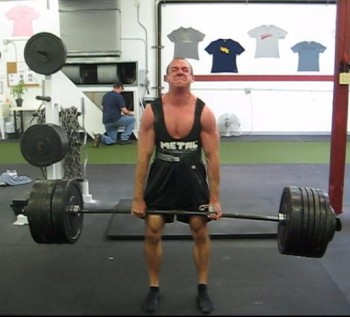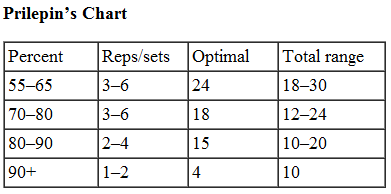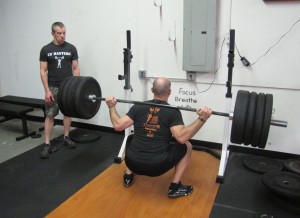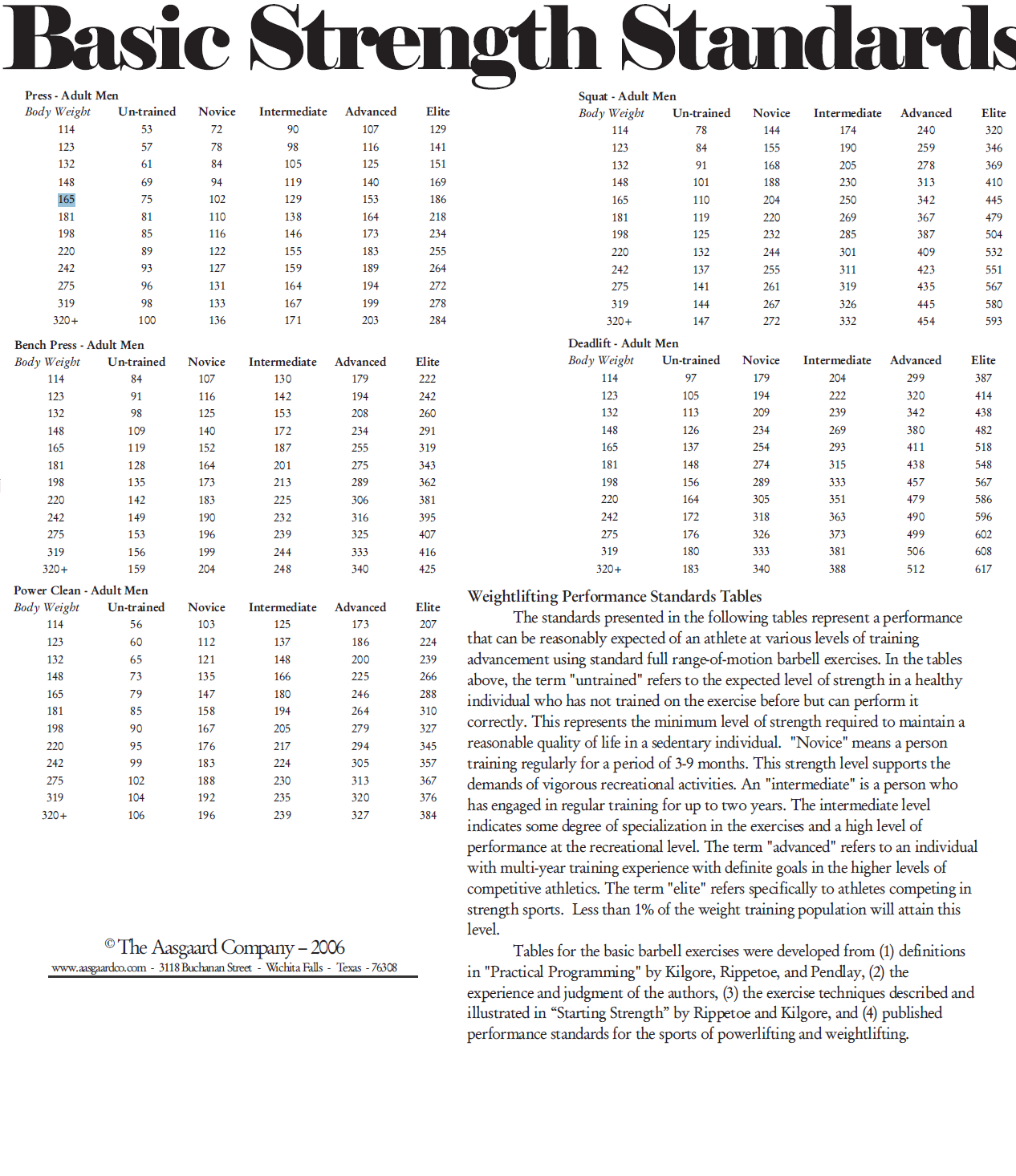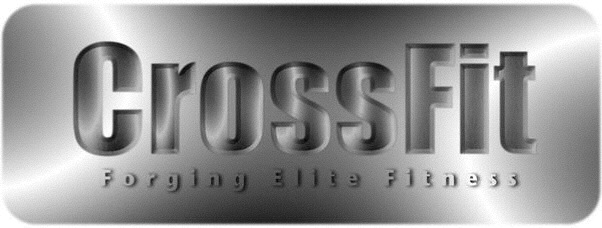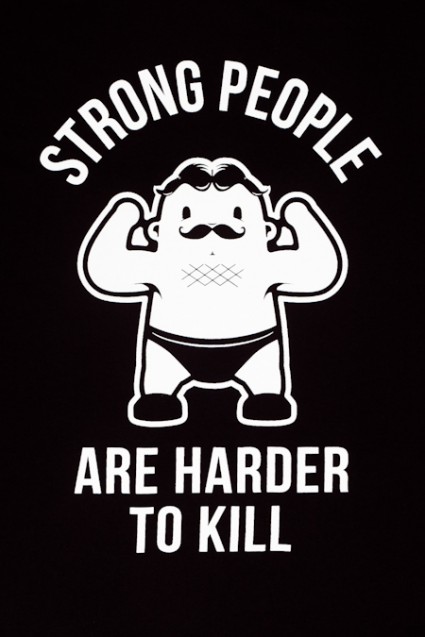Lets get some things straight:
1) Exercise Intensity: Percentage of 1 Rep Maximum…..
It’s a scientific, numerical, value…not a “feeling” about how “tough” a workout is.
2) Max Effort Training is about training at or above 90% of your 1 Rep Maximum. It has NOTHING to do with the “effort” you “feel” you are putting out. It’s all about the relative intensity of the exercise.
It’s a NUMERICAL VALUE….if you can’t put a MEASURABLE NUMBER on it…it’s not Intense.
Therefore, your 3 hour Zumba class, unless measured through the use of heart rate monitoring and judged against maximum hear rate, was not intense.
Now that, that’s out-of-the-way.
3) Max Effort Training: If you’ve trained less than 2 years consistently….you (probably) DON’T NEED IT and won’t benefit much from it.
You should stick to weights that are under 90% for about 99% of your training. It’s ok to test your max if you really want VERY occasionally…like maybe twice a year, but I think any more often is too much.
This is what Max Effort looks like…
For the first 2-3 years most people are better off just focusing on getting progressively higher weights and reps, building muscle, tendons and more importantly time under the bar perfecting technique and getting comfortable being uncomfortable.
Programs like the Starting Strength 5×5 or Jim Wendlers 5/3/1 are perfect for this.
Both programs base their working weights off of sub max weights, less than 90% of 1 RM. This is superior for most novice lifters.
“It’s always better to slow cook your athletes”- Buddy Morris
4) Experienced Lifters NEED Max Effort work to truly EXPRESS their strength.
I’m completely convinced that lifting heavy weights is as much as skill as it is the strength.
Obviously, this isn’t a new concept but you can have dead-on-the-money technique at 80%, go to 90% and above and with the same technique, struggle with or miss what should be a very make-able lift.
For the last two years in January and February I do what I guess would be considered a “hypertrophy” phase. I drop my training percentages to 80% and below, up my total volume, and try to let my joints (back, shoulders, elbows) and nervous system take a break from “straining” against load.
If I Estimated my 1RM with one of those calculators, I should be just as strong.
[wolframalphawidget id=”771f11304fe37c9578822272bf92901″]
Try it, it works….
But, but, but….
When I get back into the heavier loads in March the weights at 90% and above “feel” HEAVIER than they “should”.
My 1RM is definitely down by 3-5% or so, which is a BIG loss in 2 months while still training.
But after about 3-4 weeks of handling 90% and above weights the magic happens and they “feel” like they should again and I’m just as strong as I was at the end of December.
I don’t think I’m losing strength at the beginning of the year and I’m certainly not getting 3-5% stronger in a month, I’m just re-learning some of the “skill” of handling heavy weights.
I’ve noticed this with some of my stronger clients also.
Take the heavy weights out for a month or two and they need a “break in” period before we get back to higher percentages and heavier weights.
They didn’t lose or gain strength, just the ability to express it.
A good guide as to intensity and volume.
For an experienced lifter, if you’re trying to get a new max, I think you’re going to need at least a couple of weeks of handling heavy(ish) weights before your attempt. I don’t think more seasoned lifters are actually getting any stronger in such a short period of time, your just getting back in practice.
5) You’re a “novice” until you can squat (to depth) and deadlift at least 1 and a quarter to one and a half times your body weight. Depending on your size and build.
Sorry, but a body weight squat isn’t an impressive lift for most people under 40.
Facebook and bumper plates have really destroyed the standards here. Too many pictures of average squats posted as the humble brag, “I go to the gym and do awesome stuff, but it’s no big deal” thing of the minute.
It’s like getting a C on your paper and bragging about it. Only you, and maybe your mother, care and think it’s impressive.
Not saying you shouldn’t be proud of YOUR progress, you should. Just saying we need to remember what’s:
Below Average/ Average/ Above Average/ Excellent.
“Is there no standard anymore”– Phil Anselmo, Pantera
Looks good, but it’s NOT 405…What is it? Hell if I know, I don’t speak bumper plate.
If you’re under 40 and not broken it should be pretty easy to accomplish a body weight squat within the first year of smart training and that’s being VERY conservative. The younger and less jacked-up you are the faster it should come.
Obviously, if you’re 400lbs and obese, this is not true.
A legit, to depth, 1.5x’s body weight squat is a REALLY, REALLY GOOD lift for someone who just trains to be awesome and isn’t a competitive lifter or athlete. This usually takes 2-3 years to accomplish.
A legit, to depth, 2x’s body weight squat is an AWESOME lift unless you’re a competitor and may take YEARS to accomplish if you ever do.
Take home points: This stuff slows down, A LOT, as you get stronger, take your time and don’t get discouraged, but don’t get excited about mediocrity.
6) CrossFit is one of the BEST things that has happened to physical culture in this country in the last 50 years.
I’m actually being serious here.
If you know me, you know that I’m not a fan…I think, CrossFit as a methodology, is nothing more than lazy programming and coaching.
Science, Adaptation, Physiology, Physics….What’s that?
Despite that.
CrossFit has reintroduced things like squatting, deadlifting, pressing, jumping, sprinting into the “fitness” conversation. People are actually having respect for themselves and not being total jerk offs “training” again instead of doing the machine circuit, standing on inflatable discs and yogging jogging.
This is a HUGE improvement.
I don’t care if you’re doing the MetaCon everyday…you’re stronger and have a better grasp as to what the hell is going on than the guy doing 3 sets of curls and some benches twice a week.
7) I have a NCAA Tournament game on right now and the announcer said something to the effect of,
“Such and such is strong. He’s really dedicated in the weight room. He squats 500lbs.”
That never happened, the squat that is.
This guy doesn’t squat 500lbs.
3 Dead Give Aways:
- He’s too tall and slight. It would take him a year to hit depth (Femur length) and his hips couldn’t support it.
- His upper back is nonexistent. There is NO WAY he could stay up at all in the hole, a 500lbs bar would break him in half.
- He has NO ASS. You’re not squatting 500lbs at ANY height or weight without a BIG ASS. The glutes are the most important movers in the squat, you’re not getting out of the hole with a little, flat ass, especially when you’re 6’4.
Ohh and, when you watch college football and they say 10 of the kids on the team squat 500+lbs…….that’s a lie…..They don’t. Well, maybe on a few of them on the very best teams with the very best (genetically gifted) athletes but not every team, every week.
Strength coaches…well….they lie about numbers all the time.
The sport coaches usually don’t understand technique and standards so strength coaches can get away with murder. Just watch the atrocities that are put on YouTube.
8) Strength Training should be about getting STRONGER.
Too many programs and for-mass-consumption things have kind of lost getting stronger in the shuffle.
If you are lifting weights you should be striving to get and be strong(er). Maybe not week to week but definitely year to year.
9) Learn to create TENSION and GET TIGHT!
Getting tight will instantly make you MUCH stronger. Too many people have good technique but they are “soft” under the bar.
Think about Benching for a second:
This is a good “tight” bench:
There is very little movement throughout the body. No tapping or moving feet or rolling shoulders. Everything stays tight and together.
Getting and staying “Tight” under the bar will make a HUGE difference in both weight lifted and safety.
Things to do to get “Tight”:
- Crush the bar
- Shoulder blades pinched and down (packed) into the torso
- Heels screwed out/ tension in the glutes- lateral hip capsule
- Head into the bar and bar pulled around the shoulders when squatting
- Shoulders and feet pressed into the bench/ floor when benching
- Take a deep breath into the diaphragm and HOLD IT until the rep is over, for multiple rep sets for as long as possible.
- Take slack out of the bar and body when deadlifting
- Let the bar settle after unracking and compress the joints when benching or squatting
10) Set-Up is the MOST IMPORTANT part of the lift.
If you’re Set-Up is perfect you have a chance to succeed.
If your set up sucks you’re lift will ONLY get worse from there and you will be DOOMED to failure.
Learn to properly set up to lift.
Take your time and do it right.
11) That’s it for now….go forth and be strong(er).
Get the shirt here : http://rawrs.com/wp/product/strong-people-are-harder-to-kill-100-cotton-tee/
(total non-affiliate, I just stole their picture and trying to give credit where it’s due)

